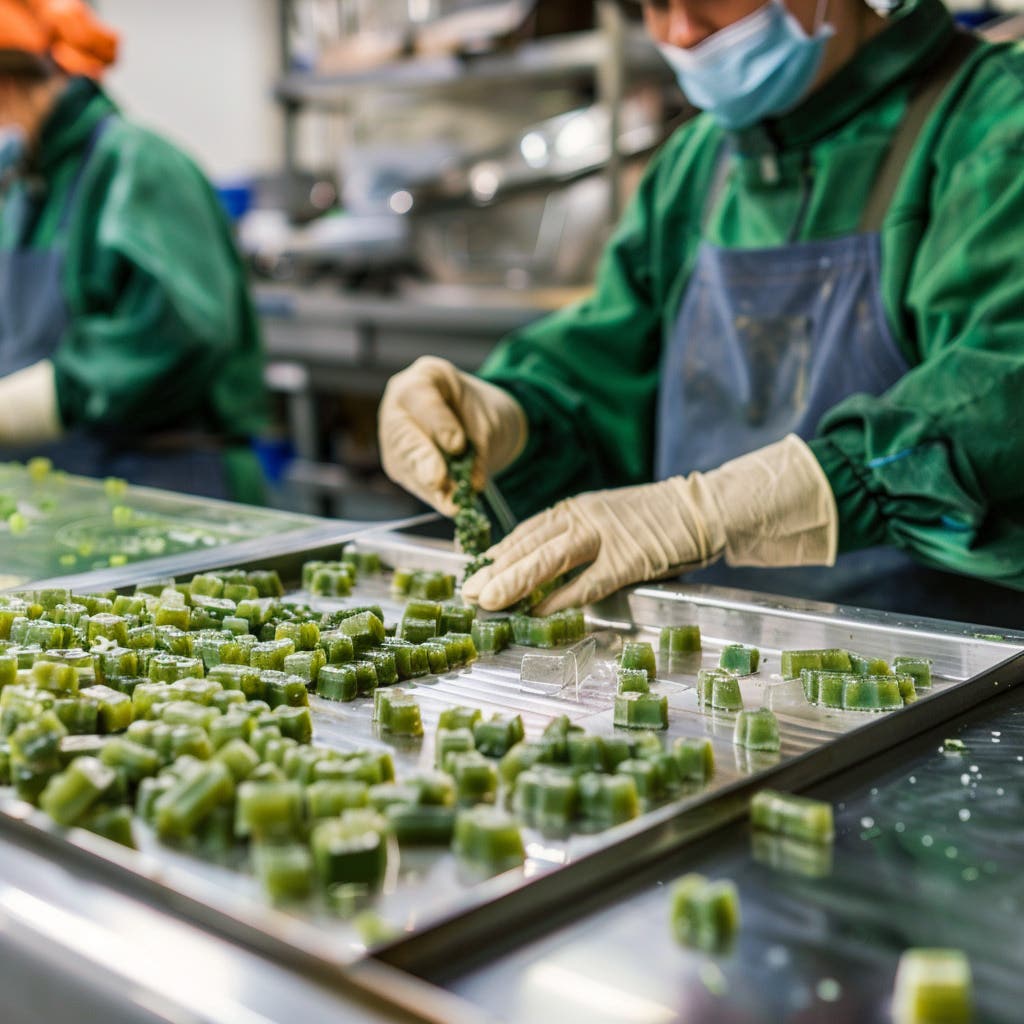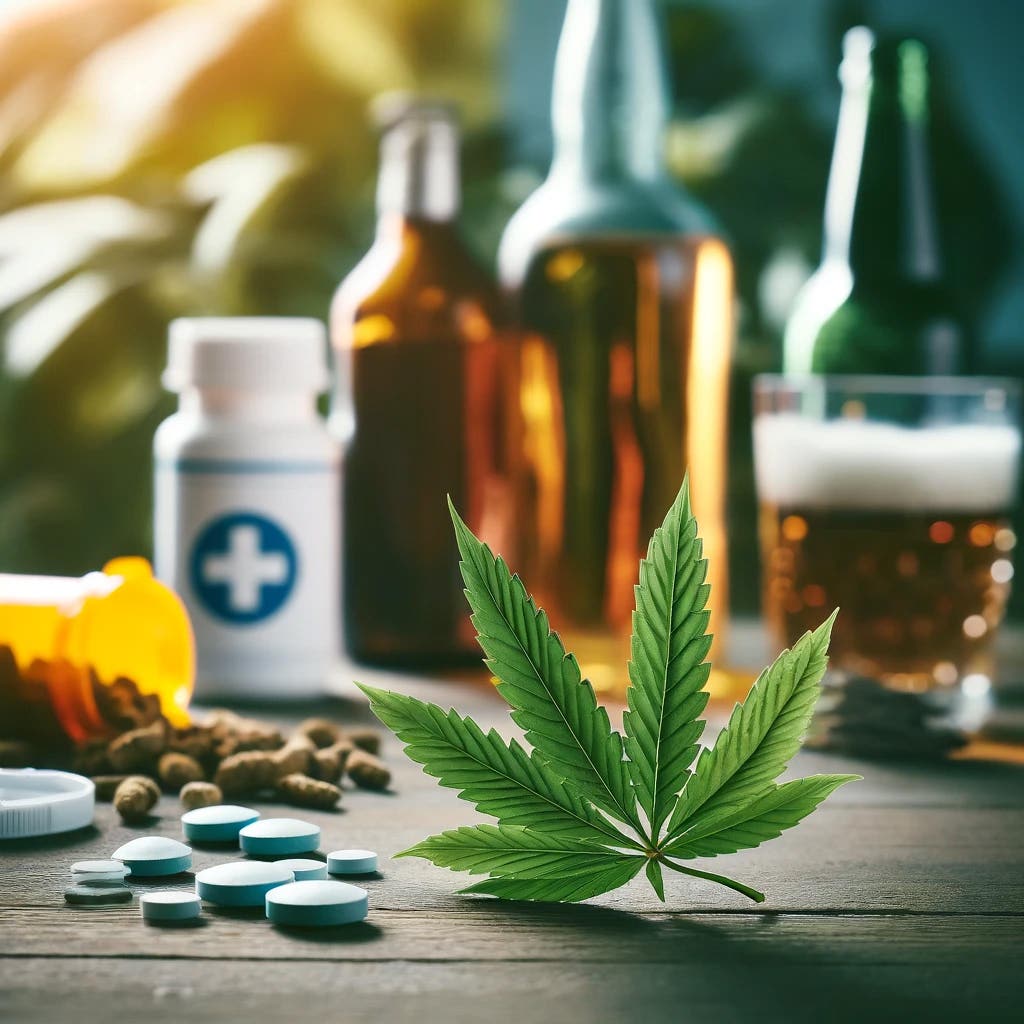The moment of harvest is a critical phase in the cannabis cultivation journey. Determining the ideal time to harvest your marijuana plants can significantly impact the quality, potency, and overall experience of the final product. In this blog post, we will explore the factors that influence marijuana harvest time, the signs to look for, and the essential considerations to ensure a successful and rewarding harvest.
Understanding the Flowering Stage:
The flowering stage is a crucial period when cannabis plants transition from vegetative growth to the production of flowers, also known as buds. This stage typically occurs after providing the plants with a specific light schedule, switching from longer daylight hours to a 12/12 light cycle (12 hours of light followed by 12 hours of uninterrupted darkness).
Trichome Development:
Trichomes are the resinous glands on the surface of cannabis flowers that contain cannabinoids, terpenes, and other compounds responsible for the plant's effects and aroma. Monitoring trichome development is crucial in determining the optimal harvest time.
a) Clear Trichomes: At the beginning of the flowering stage, trichomes appear clear or transparent, indicating that the buds are still developing and not yet ready for harvest.
b) Milky or Cloudy Trichomes: As the flowering stage progresses, trichomes turn milky or cloudy, signaling the peak time for THC potency. Harvesting at this stage generally produces a more cerebral and uplifting effect.
c) Amber Trichomes: With further maturity, trichomes may turn amber or brown. This stage indicates a higher degradation of THC into other compounds, resulting in a more relaxed and sedative effect. Harvesting during this stage is a matter of personal preference and desired effects.
Pistil Color and Stigma:
Pistils, the tiny hair-like structures on the flowers, can also provide insight into the harvest readiness of cannabis plants. Initially, pistils are white and stick straight out. As harvest approaches, they start changing color.
a) Early Flowering Stage: During early flowering, pistils are predominantly white and vibrant, indicating that the plants are still in the early stages of bud development.
b) Mid-to-Late Flowering Stage: As harvest time approaches, pistils start changing color. They may transition to orange, brown, or red, depending on the strain. A general rule of thumb is to wait until about 70-80% of the pistils have changed color before considering harvest.
Trichome and Pistil Combination:
To achieve the desired effects, it's important to consider both trichome development and pistil color. Ideally, harvest time coincides with the peak milky or cloudy trichomes and a significant change in pistil color.
Other Considerations:
a) Strain-specific Recommendations: Different strains have varying flowering times and desired cannabinoid profiles. Researching strain-specific information or consulting breeders can provide valuable insights into the optimal harvest window for specific strains.
b) Environmental Factors: Environmental conditions, such as temperature, humidity, and nutrient availability, can influence the timing of the harvest. Monitoring and adjusting these factors throughout the flowering stage can help optimize the harvest time.
c) Personal Preference: Individual preferences play a role in determining the desired effects and potency. Experimentation and experience will guide growers in finding the harvest time that best suits their preferences.
Determining the perfect time to harvest marijuana is a delicate balance between monitoring trichome development, observing pistil color changes, considering strain-specific recommendations, and personal preference. Understanding the flowering stage, closely examining trichomes, and paying attention to pistil color will help you achieve the desired potency, aroma, and effects in your cannabis harvest. Remember, patience














